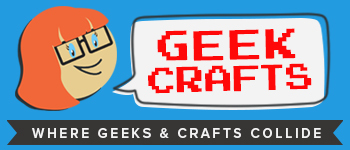Making science fun with paper roller coasters
My grade school days are so far behind me, I remember very little about any sort of science experiments. I vaguely recall something about adding food coloring to water to turn white carnations different colors. BOR-ING. If I had Andrew Gatt for a teacher, I think I would have some pretty epic science memories.
As the lower school science specialist as a school in Raleigh, North Carolina, Andrew started building paper roller coasters in the late 90s as an activity in his 5th grade classroom. He continued refining his designs over the years, and started making presentations of his designs at teacher conventions and eventually started selling the templates and directions. These days, he teaches science to 7th and 8th graders and uses the templates with his 7th graders each fall. The templates are available on his website.
Homeschoolers and science aficionados rejoice! Andrew offers three lesson plans to use with the paper roller coasters, which are available for free download on his website, PaperRollerCoasters.com. “The lesson plans show how paper roller coasters can be used to teach about speed, acceleration, potential energy, and kinetic energy,” says Andrew. “It’s also a great structural engineering lesson in which students have to build a sturdy structure that will hold up the tracks.”
See videos of paper roller coasters in action on Andrew’s YouTube channel!
Up to the challenge of building your own coaster? We’d love to hear about your efforts and results – feel free to share a link to your creation in the comments below! Go forth now and SCIENCE!










